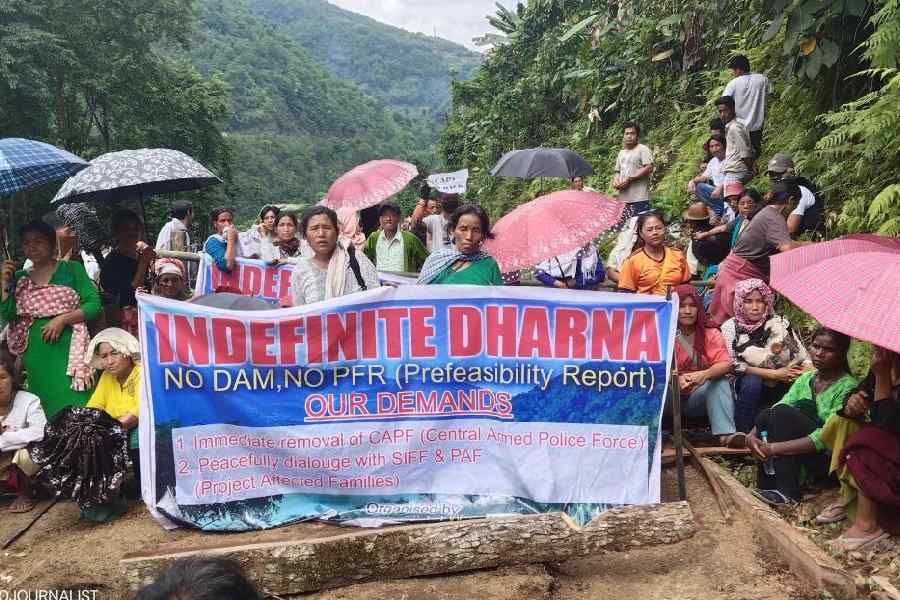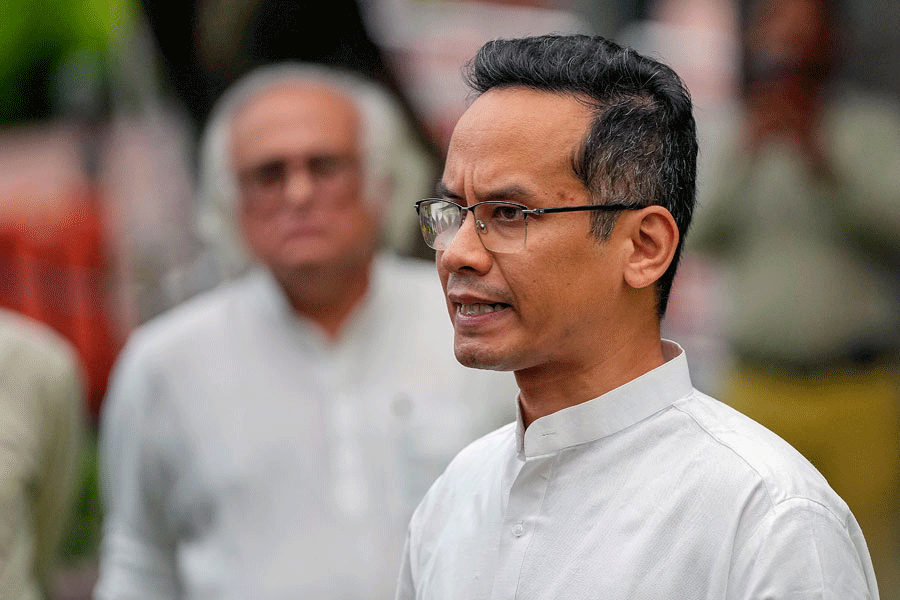 |
I am a one-career woman. What did I want to be growing up? The answer was always same. There was no back-up plan, no fail-safe. On my business card, below my name, it says one word: reporter. I thought its simplicity would make an impression. Turns out, I’m a slacker.
It seems the hyphenated identity of Indian-Americans extends to their professions as well. No longer is it enough to be a doctor, lawyer, or engineer; nor is it acceptable in the NRI community to doodle one’s life away in poverty chasing childhood flights of fancy like painting, dancing or singing.
So increasingly I meet Indian-Americans who are lawyer-singers, advertising exec-rappers and financier-DJs.
They lead double lives, juggling their careers and after-work ambitions with the proficiency and scheduling of a business.
To this new breed of high-powered artists, the corporate and creative aren’t mutually exclusive worlds.
They come from good families, hold advanced degrees and for part of their day, work respectable jobs that pay the bills.
They seem unencumbered by artistic dilemmas, they don’t appear to suffer from creative anguish, and as far as I know, no one has chopped off an ear, yet.
To them, the idea of the “starving artist” is unviable and impractical. “You gotta eat,” says rapper Raja Wilco, 27, who at his day job as an advertising sales representative for Verizon is know as Raj Desai.
“Someone can choose to do just art, but they can be poor. Is that a gamble? Maybe. I can balance both.”
When I called lawyer-singer/songwriter Shaheen Sheik at 6 am in Los Angeles, she was wide awake and already getting ready to go to office where she will work from 7 am to 1 pm and then jet off to the studio from 2 pm to 6 pm.
Her self-financed debut album, Rock Candy, was recently picked up by Times Music. She is currently working on her second effort slated for release in 2007.
“Practising law and singing are exhausting. But almost every artist has a day job. It’s just that I was blessed with a degree and my waitressing job just looks a bit different.”
History bears many examples of artists with day jobs. Salman Rushdie wrote his Booker Prize-winning novel Midnight’s Children while working part-time as a freelance advertising copywriter for Ogilvy and Mather and Charles Barker.
While Andy Warhol’s work as a commercial graphic designer resonates in his art, few can guess that the poet TS Eliot was a banker.
Among artists who “made it big”, few have had the backing of a wealthy family as the prolific Rabindranath Tagore did.
Yet for the innumerable artists who are still trying to make it, the sparse economic returns from a life solely dedicated to art is often the main reason for a day job.
But the rise of dual-careerists is a phenomenon specific to second-generation NRIs.
Unlike in the larger artist community where a serious day job is seen as a lack of commitment to one’s craft, within the NRI community, balancing a hip, arty night-time gig with a secure daytime career is seen as a laudable achievement. In fact, for NRIs in the US, you’re nobody unless you’re an overachiever.
For Indian-Americans, their immigrant struggles in the US make them particularly risk-averse.
“I always say, my parents’ generation worked hard. But as second generation desis, we work smart,” says Nitin Ramlal, who is a senior operations analyst at Freddie Mac and also a music producer, events promoter and DJ in Washington, D.C.
Not only is the 25-year-old not starving, he bought his own place.
When asked if he would ever shed his DJ Dynamix moniker to be a corporate exec full time, he answers with the logic of a businessman: “I have invested $20,000 in studio equipment, I can’t turn my back on that.”
For Sheik and Desai to quit their day jobs, they will have to generate the kind of income that allows them to keep up their current lifestyles.
It’s an ambitious condition to place on one’s art, which is supposed to be driven by passion, not bottomlines.
These encounters got me wondering, were the rising “artists” within the US NRI community serious artists or really smart kids with expensive hobbies?
Do they suffer from “Jack-of-all-trades” syndrome? And without risk, sacrifice, struggle and may be even starvation, does the art suffer?
Ramlal, Sheik and Desai certainly take themselves very seriously, work hard and are beginning to make a name for themselves within the NRI community.
That’s all fine and well, but what does this mean for us single-careerists? If there is an investment banker out there moonlighting as a reporter…I’m in trouble!
Turna Ray works in Washington, D.C.
Ilustration by Suman Choudhury










